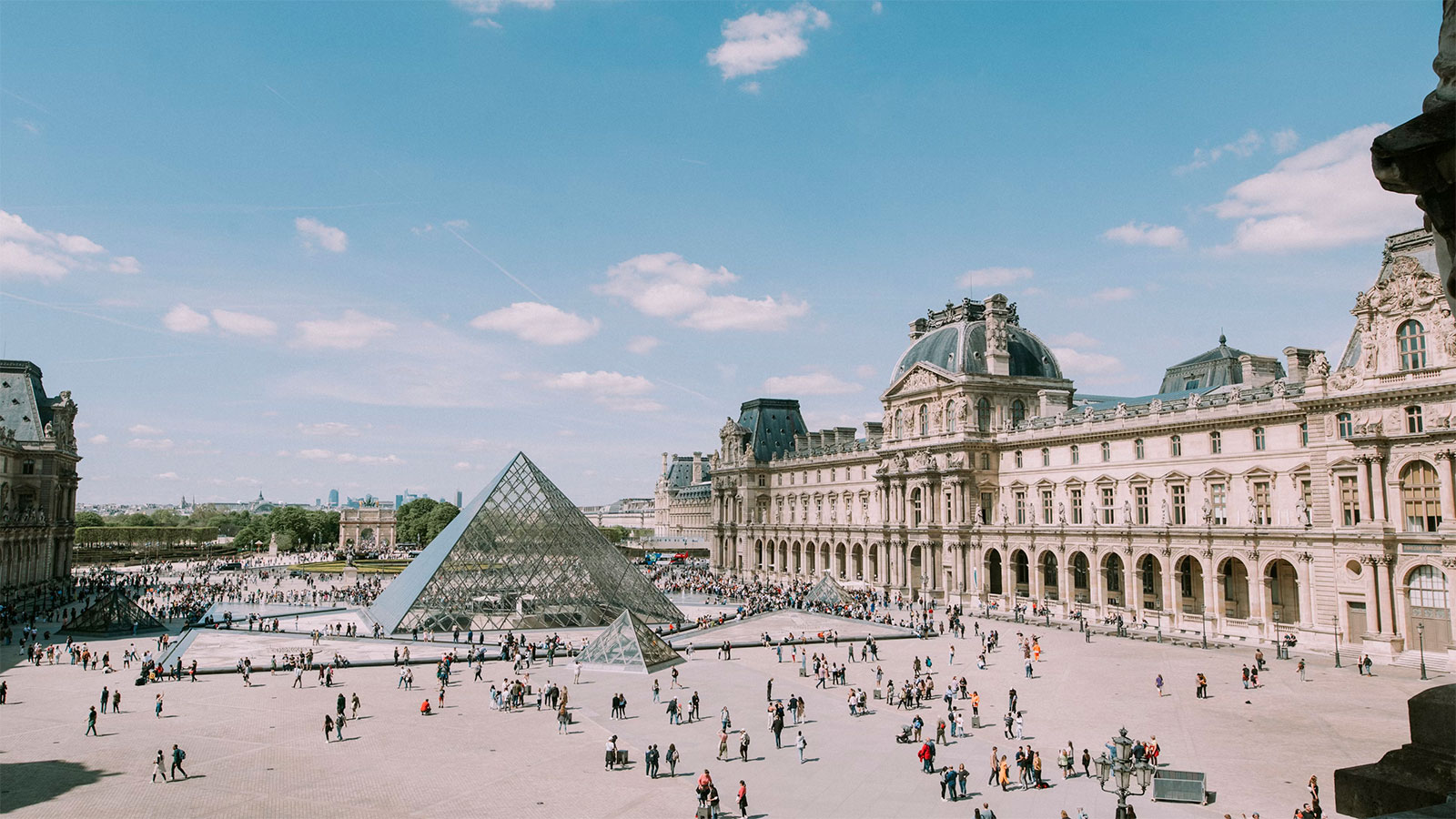The Louvre Museum in Paris attracts millions annually, significantly impacting tourism and the economy.
The Louvre Museum, located in Paris, France, is the world’s most visited museum, attracting 8.9 million visitors in 2023. It houses approximately 35,000 artworks on display, including iconic pieces like the Mona Lisa and Venus de Milo. The museum significantly contributes to France’s economy, generating a gross value of €938 million and a net tax gain of €39 million. Admission fees are €22 for adults, with free entry for EU residents under 26. A major renovation is planned, including a dedicated room for the Mona Lisa and a new entrance near the Seine, aiming to accommodate up to 12 million visitors annually by 2031.
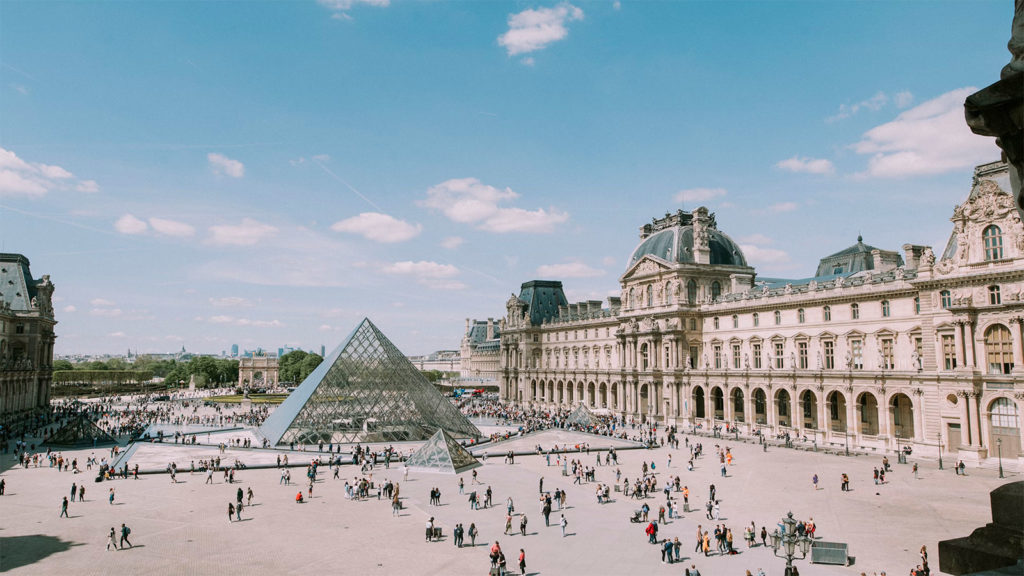
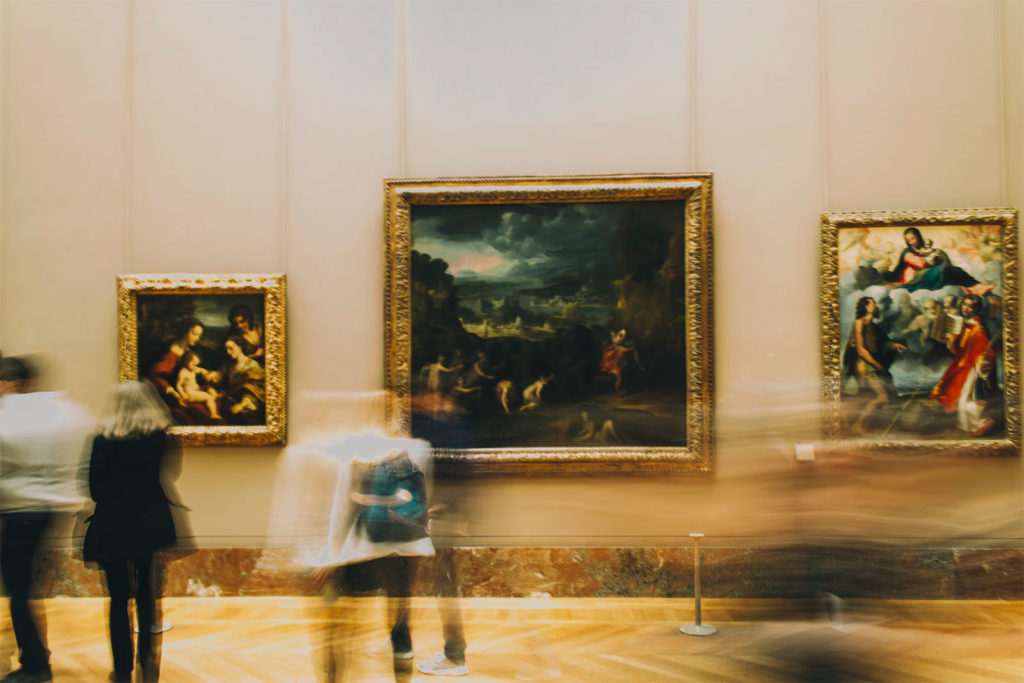
Why visit The Louvre Museum
The Louvre Museum offers an extensive collection of art and historical artifacts, making it a significant destination for cultural enrichment. In 2023, it welcomed 8.9 million visitors, reflecting its global appeal. The museum’s diverse exhibits span from ancient civilizations to 19th-century masterpieces, providing a comprehensive overview of human artistic achievement.
Key attractions include Leonardo da Vinci’s Mona Lisa, the Venus de Milo, and the Winged Victory of Samothrace. The museum’s layout allows visitors to explore various departments, such as Egyptian Antiquities, Islamic Art, and European Paintings, offering a broad perspective on global cultures.
The Louvre’s commitment to accessibility and education enhances its value as a public institution. It provides resources and programs that cater to a wide audience, fostering appreciation for art and history.
Location of The Louvre Museum
The Louvre Museum is situated in the 1st arrondissement of Paris, on the Right Bank of the Seine River. Its central location makes it easily accessible by various modes of transportation.
Public transport options:
- Metro: Palais Royal–Musée du Louvre (Lines 1 and 7)
- Bus: Lines 21, 27, 39, 67, 68, 69, 72, 74, 85, and 95
Car access:
An underground car park is available at 1 Avenue du Général Lemonier, providing direct access to the museum via the Galerie du Carrousel entrance.
The museum’s proximity to other notable Parisian landmarks, such as the Seine River and the Tuileries Garden, enhances its appeal to visitors exploring the city’s cultural sites.
A brief history of The Louvre Museum
The Louvre’s origins date back to the late 12th century when it was constructed as a fortress under King Philip II. Over time, it transitioned into a royal residence and eventually became a public museum during the French Revolution. The museum officially opened on August 10, 1793, showcasing 537 paintings primarily from royal collections and confiscated church property.
Throughout its history, the Louvre has undergone numerous expansions and renovations. Significant developments include the addition of the Cour Napoléon and the glass pyramid entrance designed by architect I.M. Pei in the 1980s. These enhancements have modernized the museum while preserving its historical significance.
The museum’s collection has grown through acquisitions, donations, and archaeological expeditions, resulting in a diverse array of artworks and artifacts from various cultures and time periods.
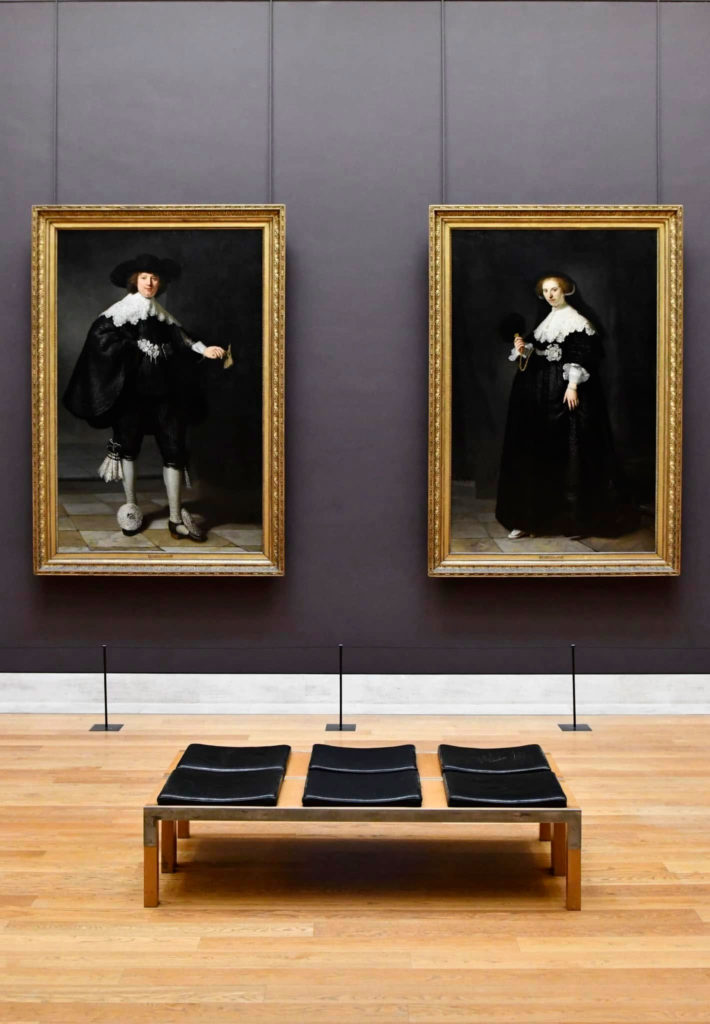
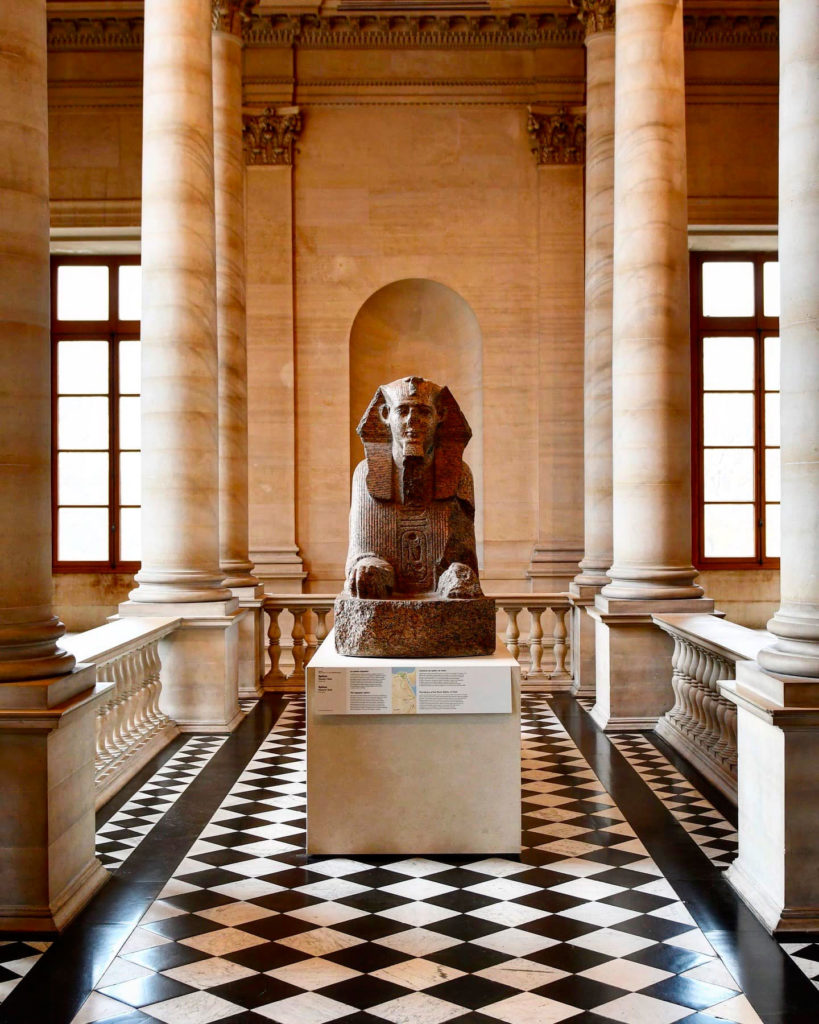
Importance of The Louvre Museum
Tourism
The Louvre is a major driver of tourism in Paris, attracting millions of visitors annually. Its status as the most visited museum globally underscores its significance in the cultural tourism sector. The museum’s diverse collection appeals to a broad audience, contributing to Paris’s reputation as a cultural capital.
Local symbolism
As a historic monument, the Louvre embodies France’s rich cultural heritage. Its transformation from a royal palace to a public museum reflects the nation’s commitment to making art accessible to all. The museum serves as a symbol of national identity and pride.
Environment
The Louvre’s central location and accessibility via public transportation promote sustainable tourism practices. Efforts to manage visitor flow and implement energy-efficient measures contribute to the museum’s environmental responsibility.
Special features of The Louvre Museum
The Louvre Museum distinguishes itself not only by its scale but also by its architectural design, collection diversity, and institutional structure. These elements contribute to a distinct experience for visitors and affirm the museum’s place as a reference point in global museum standards.
Architectural integration and modernity
One of the Louvre’s most recognizable elements is the glass pyramid entrance, completed in 1989. Designed by I.M. Pei, the pyramid is 21.6 meters high and made from 673 glass panes. It acts as the central access point, streamlining visitor flow into the underground reception hall beneath the Cour Napoléon. Though initially controversial, it now functions as an icon of contemporary museum architecture. The structure allows natural light into the subterranean lobby, reducing artificial lighting costs and contributing to energy efficiency goals set by the museum.
Besides the pyramid, the museum integrates centuries-old façades with modern infrastructure. The Carrousel du Louvre, an underground shopping and exhibition space, includes additional access to the museum and hosts temporary exhibits and services like a food court and bookstore. These extensions allow the museum to handle high visitor volumes—more than 32,000 per day on average in 2023—without overloading historical areas.
Thematic and chronological display structure
The Louvre’s layout organizes over 35,000 displayed works into eight main departments:
- Egyptian Antiquities: Over 50,000 items from pre-dynastic to Greco-Roman Egypt, including the Seated Scribe.
- Greek, Etruscan, and Roman Antiquities: Sculpture and ceramics including the Venus de Milo and Winged Victory of Samothrace.
- Near Eastern Antiquities: Objects from Mesopotamia, the Levant, and Persia, including the Code of Hammurabi stele.
- Islamic Art: Ceramics, metalwork, and architectural elements from the Islamic world.
- Sculpture: European works from the Middle Ages through the 19th century.
- Decorative Arts: Furniture, jewelry, clocks, and porcelain from the Middle Ages to the 19th century.
- Paintings: Western European art from the 13th century to 1848, including the Mona Lisa, Liberty Leading the People, and works by Titian, Rembrandt, and Goya.
- Prints and Drawings: Over 200,000 items, accessible mainly through the museum’s research center.
This structure enables visitors to approach art chronologically or thematically, enhancing comprehension of historical progressions and stylistic shifts across cultures.
Research and restoration
The Louvre is also a major research institution. It employs over 150 curators, conservators, and archaeologists. The Centre de Recherche et de Restauration des Musées de France (C2RMF), located within the museum, supports preservation efforts using infrared imaging, X-ray fluorescence, and chemical analysis. These resources are also shared with other institutions and contribute to global heritage conservation.
Since 2012, the museum has strengthened its digital strategy, providing online access to over 482,000 artworks via the collections.louvre.fr platform. This initiative supports academic research, public education, and international visibility.
Revenue model and partnerships
Beyond ticket sales, the Louvre generates income from merchandising, corporate sponsorships, and licensing. In 2022, it signed a 30-year licensing deal worth $400 million with the Louvre Abu Dhabi, a separate institution using its name and guidance. It also benefits from private contributions: in 2023, over €18 million in donations were raised for restoration and acquisition campaigns.
This model allows the museum to maintain public access policies, including free entry on the first Friday evening of each month and for EU residents under 26 years old.
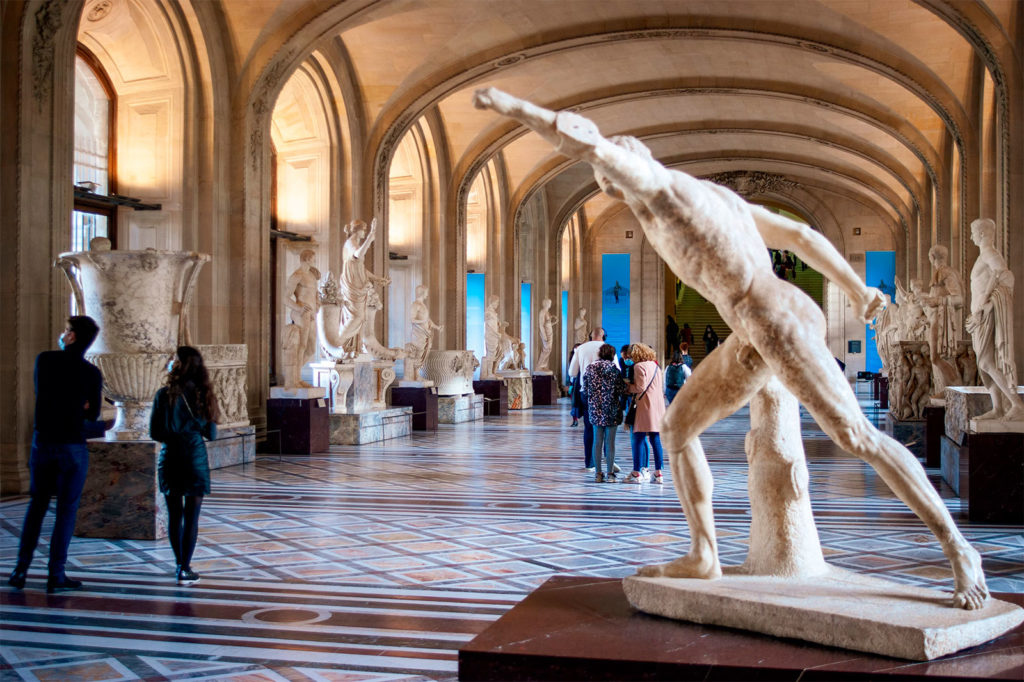
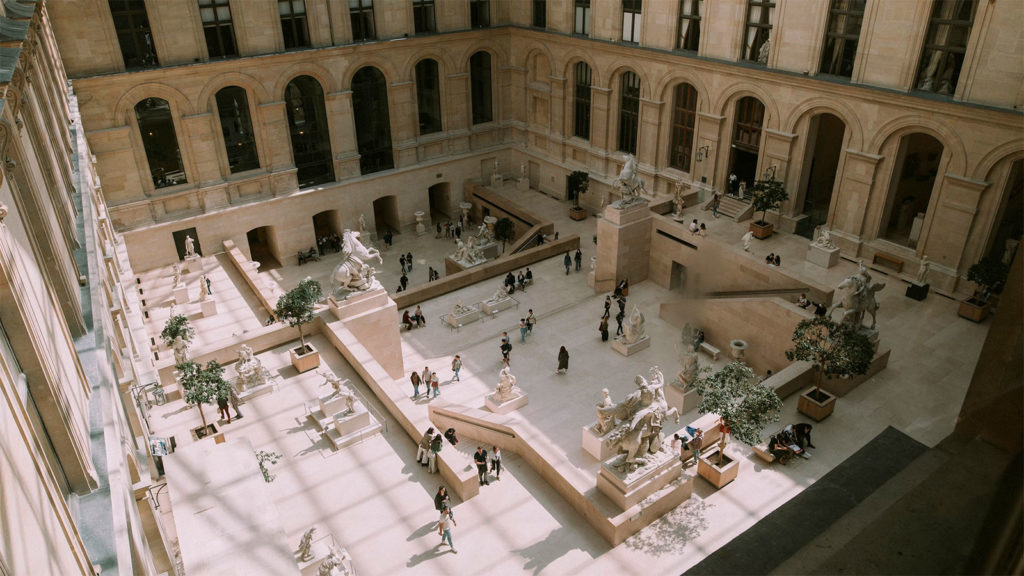
How to visit The Louvre Museum
Access and transportation
The Louvre Museum is located at Rue de Rivoli, 75001 Paris, and is easily reachable by public transport. The nearest Métro station is Palais Royal – Musée du Louvre (Lines 1 and 7). Multiple bus routes (Lines 21, 27, 39, 68, 69, 72, 95) stop nearby. Taxis and ride-hailing services are available, though private cars are discouraged due to heavy traffic and limited street parking. Visitors arriving by car can use the underground Carrousel du Louvre parking.
The museum is also accessible by bike (bike racks are available at Place du Carrousel) and via Vélib’ stations in the vicinity. Pedestrian access is straightforward from the Seine River quays or Tuileries Garden.
Opening hours and entry fees
The museum is open every day except Tuesdays, from 9 a.m. to 6 p.m.. On Fridays, it extends hours until 9:45 p.m.. Entry costs are as follows:
- Standard ticket: €22 (≈ $24, ≈ £19)
- Free access: For EU residents under 26, visitors with disabilities and their companions, and for everyone on July 14 (Bastille Day)
- Groups (from 7 people): €17 per person with prior reservation
Visitors are strongly advised to book tickets online to avoid wait times, which can exceed 2 hours during high season.
Best times to visit
Peak seasons include June to September and December holidays. Weekdays, particularly Wednesday and Friday evenings, offer lower crowd levels. Visiting during low season (January to March) improves access to popular works like the Mona Lisa, which attracts more than 80% of visitors.
Entry via the Pyramid is the most visible but often congested. Alternative entrances include Carrousel du Louvre (via 99 Rue de Rivoli) and Porte des Lions, which is less known and typically faster.
Accessibility and amenities
The Louvre offers wheelchair-accessible routes, wheelchair loan services, audio guides in 10 languages (€5), and guided tours starting at €26. On-site facilities include a cloakroom, cafeterias, and bookshops. Wi-Fi is free throughout the building.
Visitors should plan at least 3 hours to explore the main highlights, but full-day visits are common due to the museum’s scale—more than 60,000 m² of exhibit space. A visit planner on the official website helps define routes by duration and interest.
XperienceFrance is your travel specialist in France.
